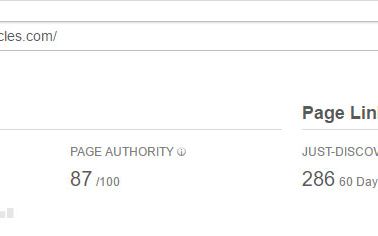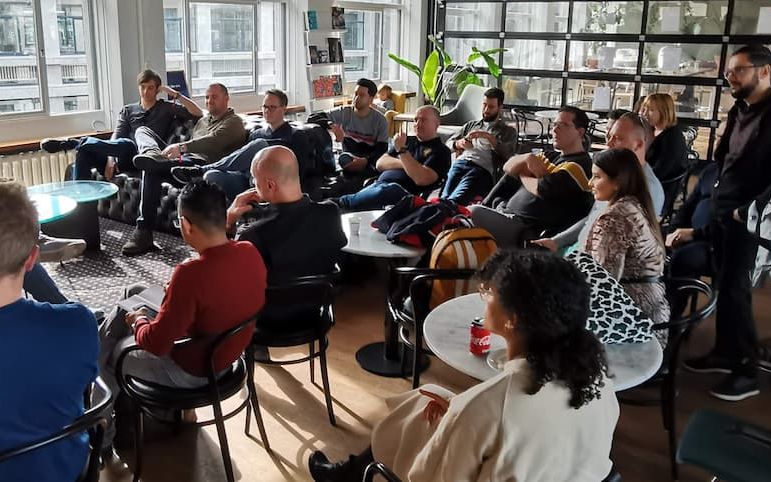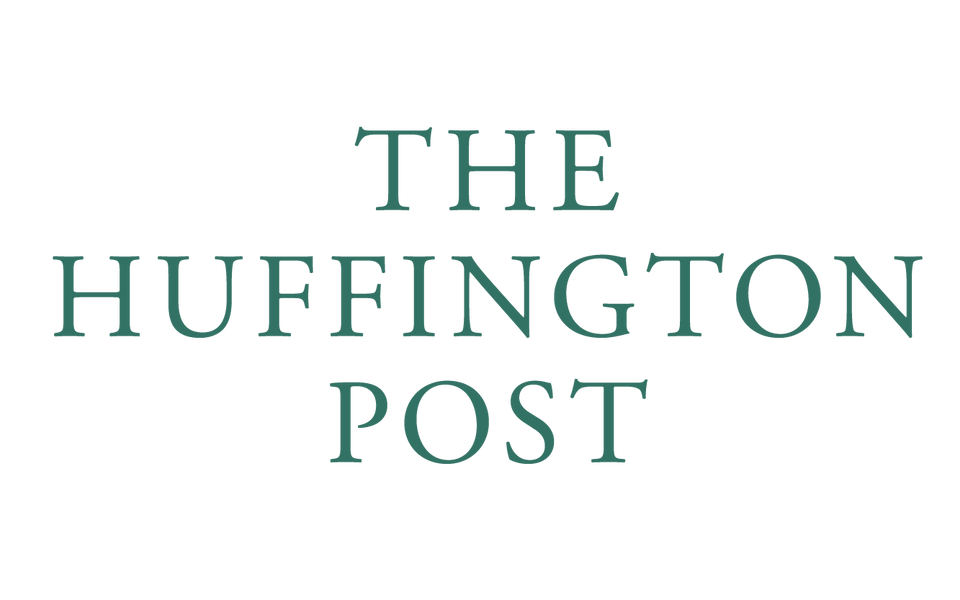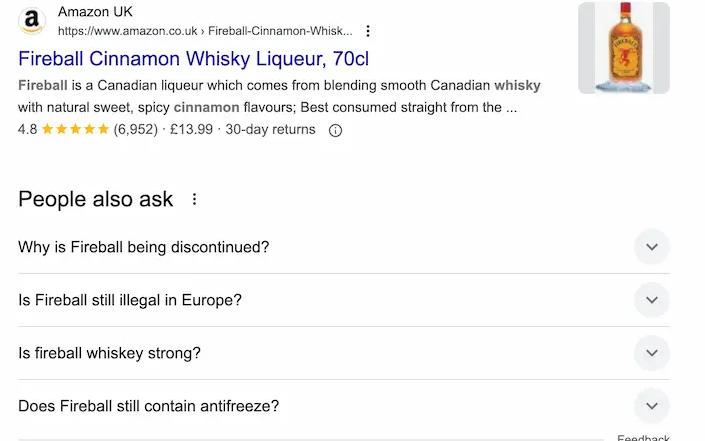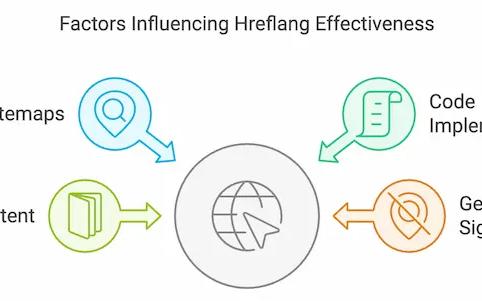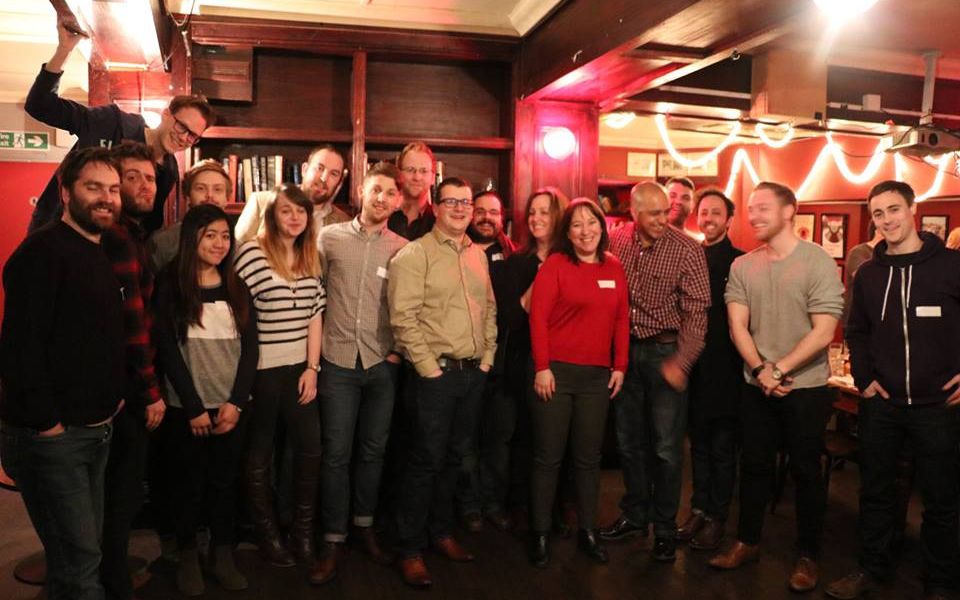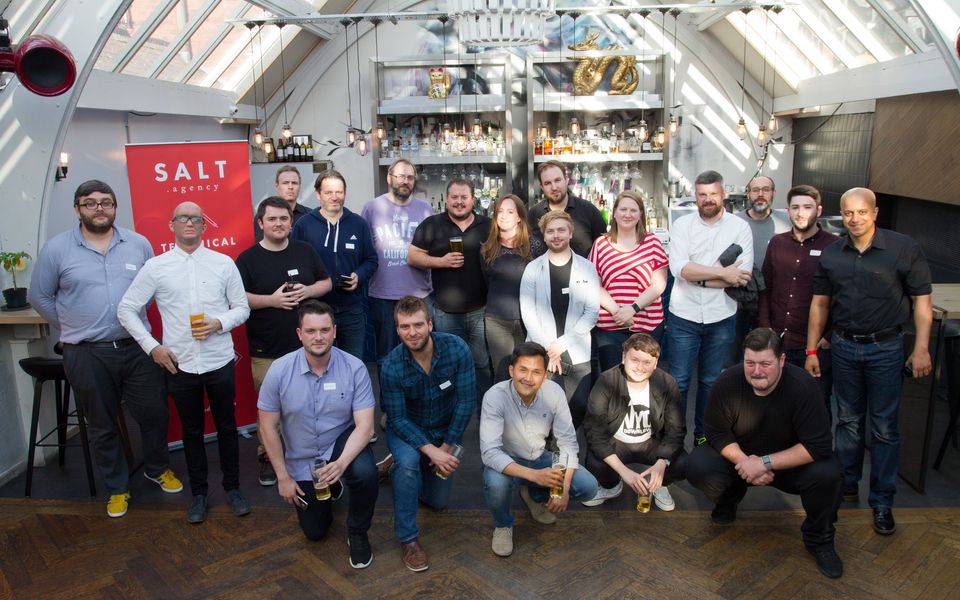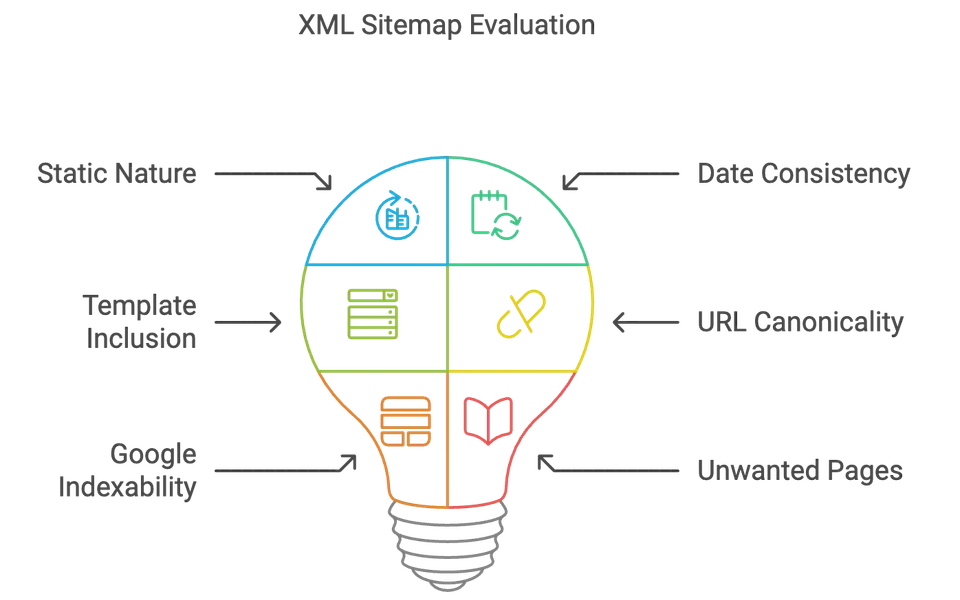The inspiration for this post has come from an email I received recently via my personal website asking for SEO help. The company, were a small Australian family run business who run and own a hotel in Galle, Sri Lanka, and interestingly in the email they sent me, they also included a “quote” from another SEO for $47 per keyword, per month.

A screenshot of the ‘quote’ Excel document that they sent the hotel. I haven’t added in any of the colours…
Having had experience of working with holiday and tour providers, I know how competitive some of the big marquee keywords like ‘holidays to sri lanka’ and ‘travel to sri lanka’ are, with brands like Thomson, Thomas Cook, Virgin Holidays, Kuoni and Travel Supermarket all taking pride of place on page one.
So how can a single hotel in Sri Lanka out rank major travel brands? Probably not on $47 a month, and also, is it a relevant keyword to try and rank for?
In the last 18 months, Google have been quite generous in publicly disclosing their Search Quality Rating Guidelines and the insights that Paul Haahr gave us at SMX, about how Google look’s at a page (and domain) EAT score, and how the evaluators score a query in terms of whether or not it ‘highly meets’ a users needs and search intent, and the overall quality of the page.

A partial slide from Paul Haahr’s SMX 2016 presentation.
So how come that given there is a plethora of information out there (most of it from Google & Google engineers) that so many SEO’s are falling down the rabbit hole of focusing on the big marquee, high search volume queries? I’m not saying that targeting them isn’t the right thing to do, but it is only the right thing to do if they are relevant.
Typically one of the first steps of any SEO campaign is to conduct keyword research, identifying what the website currently ranks for, what it’s competitors rank for, and what the client themselves want to rank for. That’s where the problem lies. When undergoing the keyword selection process, a lot of clients don’t understand the need to incorporate long tail keywords and phrases and often struggle with the concept of “why only target a phrase with 320 searches per month (like boutique hotels in Sri Lanka) when I can target holidays to Sri Lanka that has 2,900 per month?”.
Measuring relevancy and intent
The answer to the above question is simple, it’s all about relevancy and matching a users intent. If I search holidays to Sri Lanka, I expect to see aggregators displaying various holiday options and holiday packages – not an individual hotel. But having this discussion with a client can come across in the wrong way, and can be misinterpreted by the client as “I can’t make you rank for that phrase” and not “you don’t deserve to rank for that phrase”.
Paul Haahr’s keynote gave fantastic insight into how intent works, and how Google measure it. One of the examples in his keynote and slide deck is that of a user searching for “German Cars” from a device in Toledo, Ohio. The result that is returning in position one in this example was “Subaru of America: Subaru Cars, Sedans, SUVs, Crossovers, Wagons”, as you’d imagine this result is therefore branded as “The page completely Fails To Meet the user intent and would be helpful for no or very few users”. While Subaru.com might be delighted to be ranking for what can be considered as a competitor term, the value that it brings is questionable.
The difference between irrelevant, relevant and highly relevant
Using the Sri Lankan hotel as an example, there are different levels of relevancy for keywords. In the case of this hotel they would be:
- Irrelevant: Holidays to Sri Lanka [Search Volume 2,900]
- Relevant: Hotels in Sri Lanka [Search Volume 720]
- Highly Relevant: Hotels in Galle [Search Volume 90]
As you might expect, the more niche and long tail the keyword, the lower the search volume – but the higher the relevancy. Let’s say that you find 25 new and highly relevant keywords for your site (even if they do have a comparatively low search volume to others on the list), and through optimisation you’re able to attract 10 visitors each month from each of the 25 keywords – that’s 250 visitors coming to your site from highly relevant keywords, and if the user’s needs are highly met or completely met, they’re more likely to convert.
Obviously not every keyword is going to be highly relevant, and it’s important to benchmark against big industry keywords and target them no matter what, but getting blinded by search volume often leads to neglecting the most appropriate keywords for a website or page. It’s important to feed this into your campaign and to an extent, educate your clients that in niches, it’s important to target the qualified long tail searches.
—
This post has been contributed by Dan Taylor, Account Manager at Leeds based SALT.agency, a specialist technical SEO agency. As well as writing for Take It Offline, Dan also features on SEMRush, OnCrawl and this year will be featuring on Search Engine Journal. Outside of SEO he is an avid fan of Hull City, and gin.
















